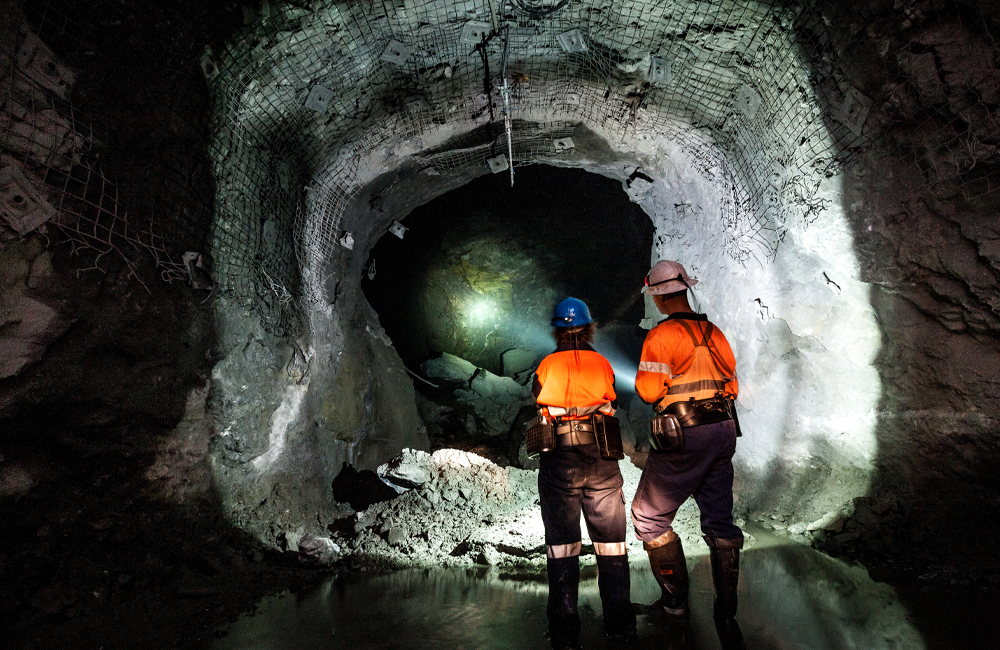In early 2010, the mining industry was in the midst of high commodity pricing, new land purchases, rising expansion and an increase in large capital projects and acquisitions. During this period, mine owners executed projects using the more traditional design-bid-build contracts, as well as engineer-procure-construct (EPC) and engineer-procure- construct-manage (EPCM) contracts.
The complexity, size, location and fast-track nature of projects during this time period opened owners and contractors up to risk. The result was not only cost and schedule overruns but tremendous losses in project development and, in some cases, abandonment of efforts. This experience, combined with volatility in commodity pricing, lowered confidence and outside investment.
While 2020 presented its own unique difficulties for the mining industry, Engineering & Mining Journal reported more than $209 billion worth of projects under construction. Similarly, Industrial Info Resources monitored almost 12,000 mining projects that reflect nearly $1.2 trillion in investment.
Larger mining projects are now returning, and the industry is embracing a range of projects from greenfield development to brownfield expansion to retrofit initiatives. An experienced EPC contractor will use the proper planning, controls, scheduling, communication and change management tools to avoid past mistakes and help mining owners realize project success.

